Fujian Assembly Hall in Hoi An
The photogenic Fujian (Phuc Kien) assembly hall was created as a place in which residents from Fujian in China could meet up and socialise whilst living or visiting Hoi An. Built around 1690 with the main gate added much later, the assembly hall is also a World Cultural Heritage site and is much visited today by those seeking a glimpse of this superb piece of architecture.
.jpg)
The inside of the assembly hall contains the Jinshang Golden Mountain temple dedicated to Thien Hau, the goddess of the sea and caretaker of sailors, featuring altars adorned with delicately carved dragons. There is also a fertility shrine to help answer the prayers of childless couples who visit.
The Fujian assembly hall began life as a thatched pagoda dedicated to Buddha and built by the Vietnamese. The pagoda was then sold to Phuk Kien traders who undertook the restoration of the pagoda which had by then become somewhat run down. It was then reopened as the Phuk Kien Assembly Hall and became a symbolic icon of Hoi An architecture and one which has gained a reputation as a heritage masterpiece of great historical importance.
The assembly hall is full of statues, bronze bells and drums with lacquered works of art lining up in a vivid celebration of Fujian artistry. Unsurprisingly Chinese celebrations frequently take place in dramatic style at the assembly hall. Animal pictures and statues are in abundance including mythical creatures such as the Unicorn signifying knowledge, whilst the Phoenix is there in the name of nobility.
The main centre of attraction is the temple dedicated to the sea goddess Thien Hau who rests alongside the goddess Thuan Phong Nhi who is credited with hearing the distress call of ships thousands of miles away and the goddess Thien Ly Nhan who has the vision to see those ships.
.jpg)
It is well worth timing your visit with a Chinese festival to see the hall in its full glory. Take a moment to admire the artwork outside before or after you explore inside, when you do step inside look for the mosaic foundation complete with fish to represent achievement. There is also a turtle close by to signify endurance.
Opening Hours: Daily from 08:00-17:00
Location: 46 Tran Phu Street
Remarks: It is wise to dress respectfully although it is not a strict requirement.
See more
-
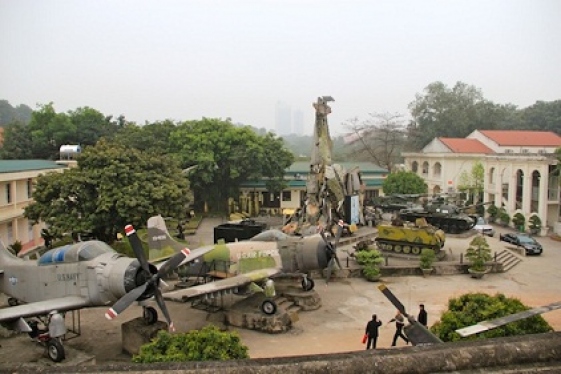
Vietnam Museum of Revolution
If you are touring along Tran Quang Khai road or Tong Dan street, chances are that you will be stopped out of curiosity and admiration by the unique French style architecture...
-
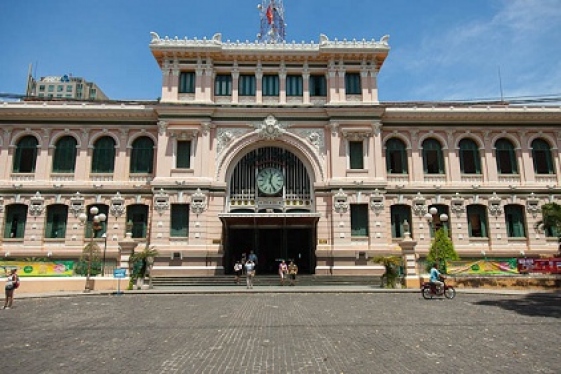
Central Post Office in Ho Chi Minh City
The Central Post Office in Ho Chi Minh is a beautifully preserved remnant of French colonial times and perhaps the grandest post office in all of Southeast Asia. Located next...
-

Vietnam Fine Arts Museum
Just across the street from the Temple of Literature, Vietnam Fine Arts Museum can be found spotted easily from afar.
-
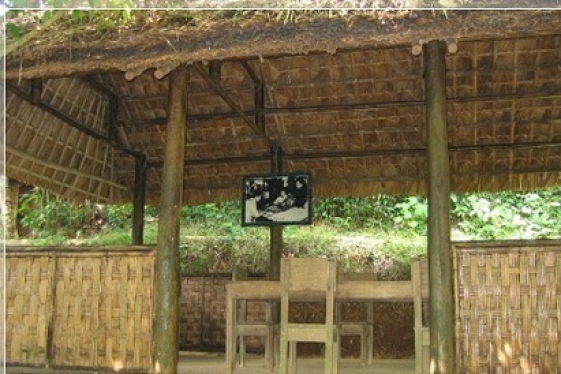
The historical relic - ATK
The most famous historical relic in Bac Kan is ATK, the complex of underground tunnels and rooms emboldened by a missile defense system in Cho Don (Bac Kan).
-
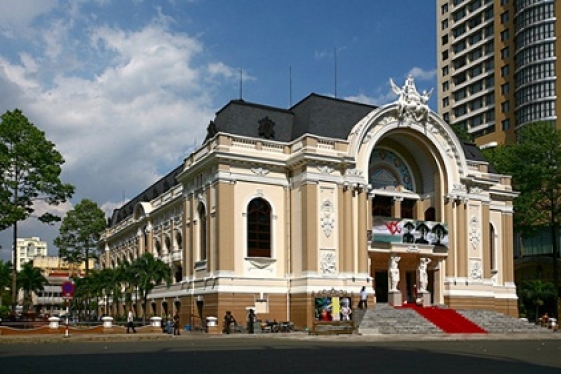
Saigon Opera House
The Saigon Opera House in Ho Chi Minh is an elegant colonial building at the intersection of Le Loi and Dong Khoi Street in District 1, very close to the famous Notre Dame...
-
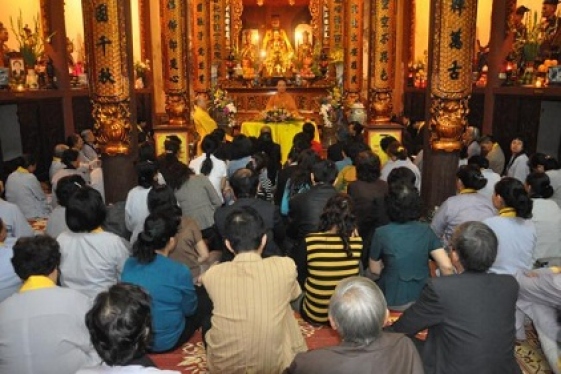
Ly Quoc Su Pagoda
Located at 50 Ly Quoc Su Street in the Old Quarter, only 50m from St Joseph's Cathedral, Ly Quoc Su Pagoda is one of the oldest ones of its kind in Hanoi
-
.jpg)
Sapa market
In the early morning, streets in Sapa downtown are filled with hundreds of Hmong and Red Dao people in colorful ethnic attire heading to Sapa market. The traditional Sunday...
-
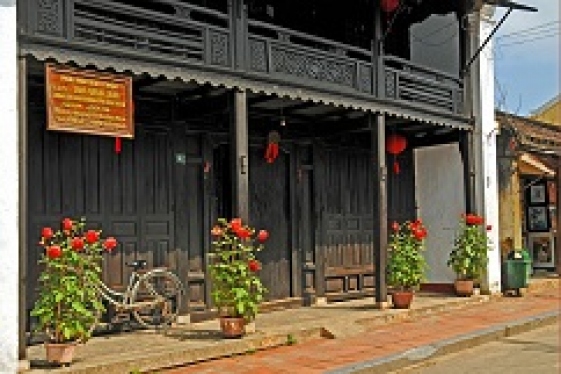
Old Houses in Hoi An
Old houses in Hoi An hide a long history inside. These houses were featured strikingly by the length, lying close together in the wide and airy lanes. To learn about Hoi...
-
.jpg)
Hai Van Pass
Hai Van Pass or Sea Clouds Pass offers an impressive landscape of verdant mountains and clear blue skies, overlooking Da Nang City, Tien Sa Port, Son Tra Peninsula, and South...
-

War Remnants Museum
The War Remnants Museum once known as the ‘Museum of American War Crimes’ first opened to the public in 1975.
Destinations
Most popular tours
-
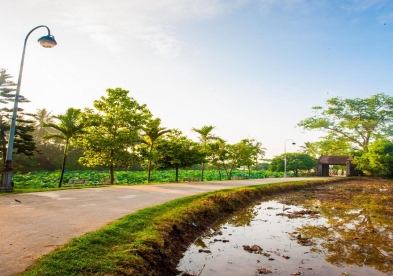
Duong Lam Ancient Village
Price from: 28 US$
-
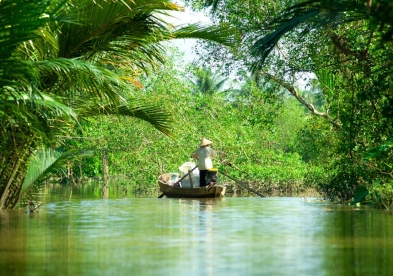
Mekong Delta Tour 2 Days
Price from: 96 US$
-
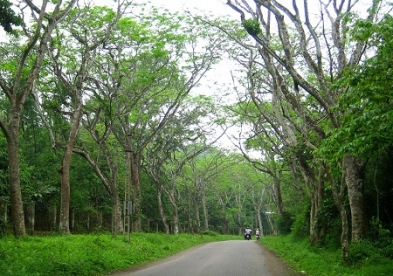
Cuc Phuong National Park
Price from: 30 US$
-
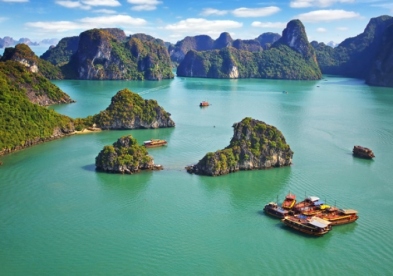
Northern Vietnam Adventure
Price from: 820 US$
Business info
Vietnam Local Guide
- Address: 18th Floor, VTC Online Tower, 18 Tam Trinh Str.,Hai Ba Trung Dist., Hanoi, Vietnam
- Email: info@vietnamguider.com
- Phone: (+84) 0904989890
- Hotline: (+84) 0904989890